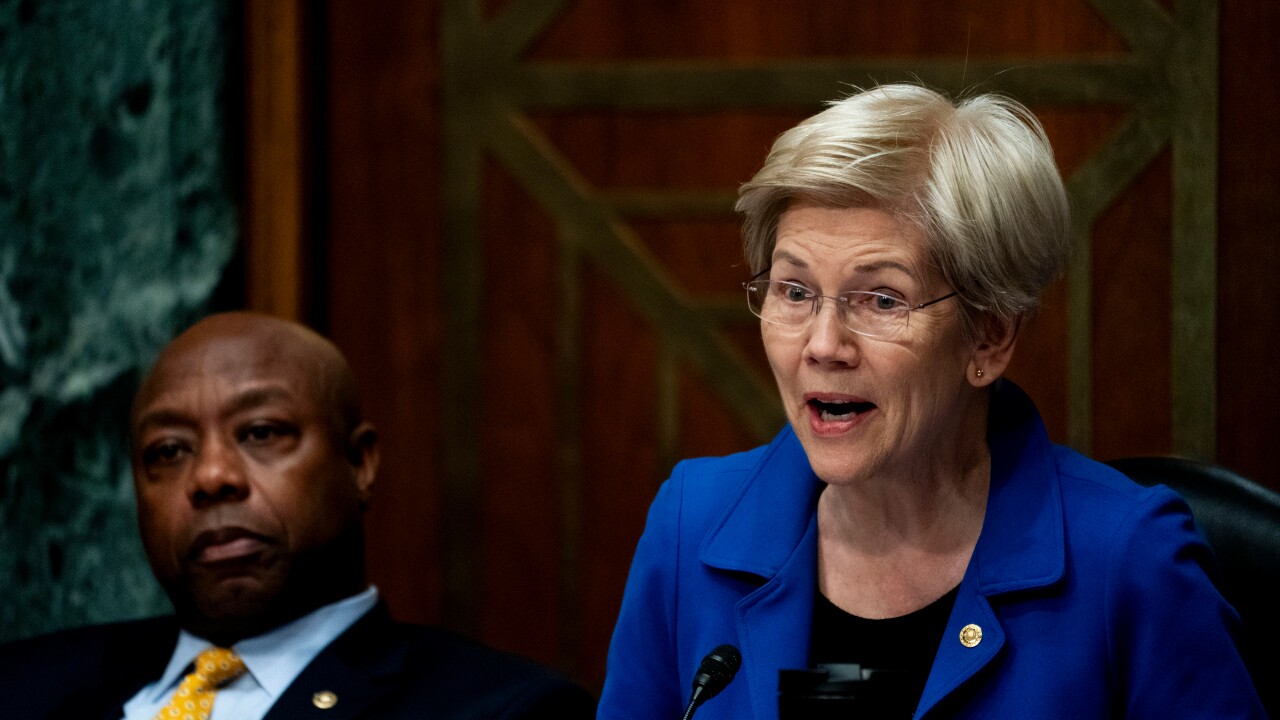WASHINGTON — Congress gave community banks an extra break from capital rules in the recent coronavirus stimulus bill, but regulators would like to expand the relief even more.
The $2 trillion stimulus package temporarily lowered the community bank leverage ratio — a simplified measure that institutions with assets of less than $10 billion can use instead of more complex capital requirements — by one point to 8%. The provision expires at end of the public health emergency or Dec. 31, whichever comes first.
But to further lighten the load, the regulatory agencies said Monday that community banks choosing to use the CBLR would only need to raise it to 8.5% in 2021. The 9% minimum would be reinstated the following year.
“The agencies are providing community banking organizations with a clear and gradual transition back to the 9% leverage ratio requirement previously established by the agencies,” the Federal Reserve, Federal Deposit Insurance Corp. and Office of the Comptroller of the Currency said in a joint press release. “This transition will allow community banking organizations to focus on supporting lending to creditworthy households and businesses given the recent strains on the U.S. economy caused by the coronavirus.”
The regulators’ move comes after Congress directed them to temporarily lower the ratio in the stimulus bill, known as the CARES Act, to provide extra resources for community banks to meet their customers' financial needs.
Regulators were initially authorized to establish the community bank leverage ratio in a 2018 regulatory relief bill that President Trump signed into law. That bill authorized the ratio to be set between 8% and 10%.





